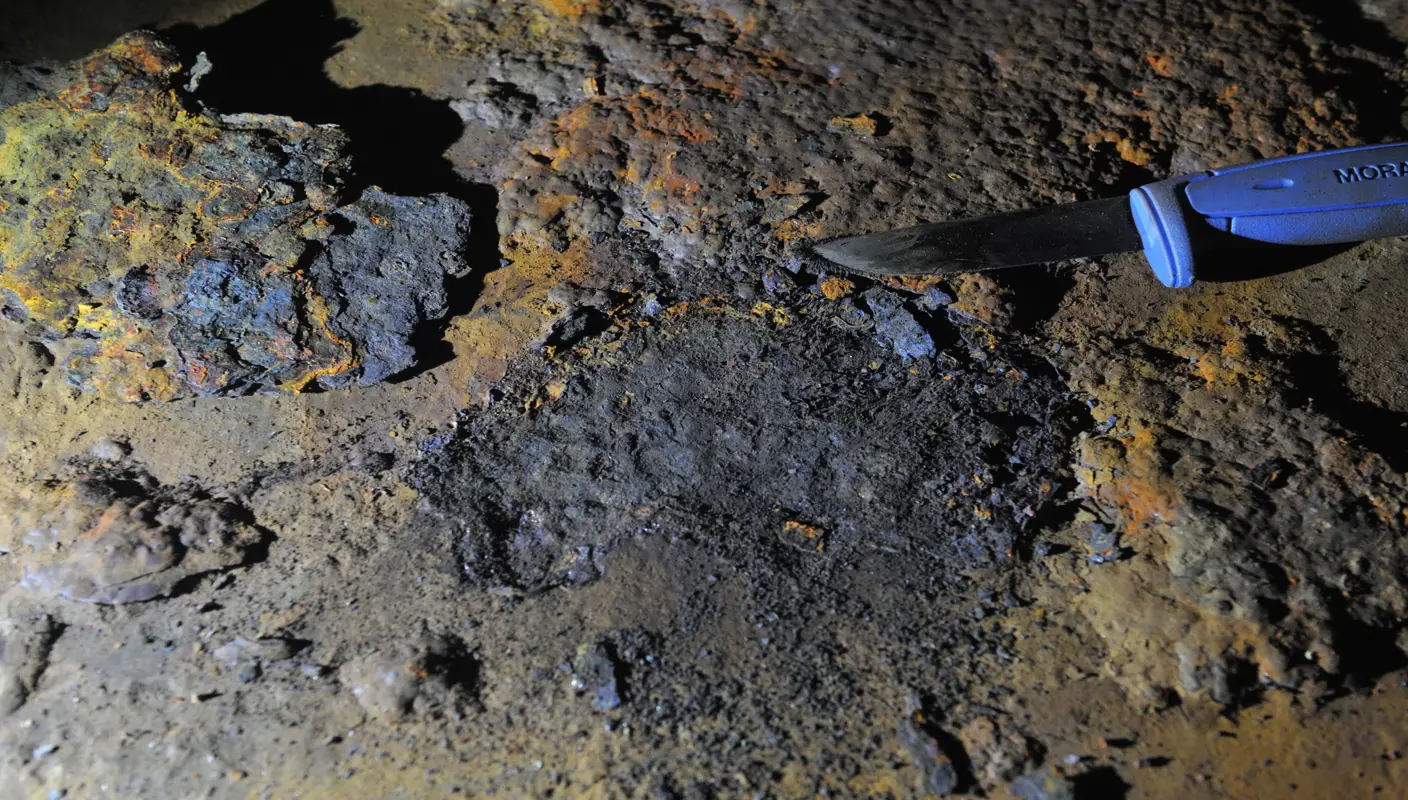Insights
Tackling corrosion

डिसेम्बर 29, 2021
Iron and steel have been used for building ships’ hulls for over two centuries and while in the early days the number would have been few, today steel is the material of choice aside from a small number of aluminium vessels. In most cases it is mild steel although some ships have specialized steels such as high tensile or stainless steel for tanks.
Steel has proved a highly resilient material for ship construction, but it has one major characteristic that has to be managed throughout a vessel’s life – corrosion.
Corrosion is not something that can be entirely defeated as the degradation of the iron into iron oxide is a natural cycle that without intervention would occur at a rapid rate because of the environment in which ships operate. Corrosion of ship structures and machinery has multiple causes including contact with seawater or with salt laden air, microbial action, corrosive cargoes and even the sulphur within the fuel used in main and auxiliary engines. The latter should be less of a problem now that the level of sulphur in fuels has been reduced since 1 January 2020, but it could remain an issue for those ships equipped with scrubbers as there have been cases of severe corrosion caused by discharge of acidic wash water.
It is often said that corrosion costs the shipping industry in the region of $50-80Bn annually. The figure was most recently quoted in March 2021 when classification society ABS issued a press release announcing its new AI Corrosion Detection tool, but it has its genesis in earlier reports from the US-based organisation National Association of Corrosion Engineers (NACE) dating back to 2013. NACE and another organisation The Society for Protective Coatings merged in 2020 to become AMPP (The Association for Materials Protection and Performance).
“Arguably the figure could well be higher since it is based only upon repairing vessels and replacing corroded steel but off hire costs, damage to reputation and detention by PSC of poorly maintained vessels are less easy to quantify,” says Erik Risberg, Global Category Director – Steel Protection, Jotun Performance Coatings.

“Taking corrosion more generally and beyond the shipping industry, AMPP is on record as saying the cost runs into trillions of dollars with a total cost equal to 3-4% of global GDP. It is also said that around 20% of the world’s annual steel production is used solely for replacing damaged and corroded steel in all of its various forms and applications,” adds Risberg.
Tackling corrosion today
Most corrosion on ships is caused by the salt laden conditions that vessels operate in and protection against this is best done by use of coatings that are properly applied on appropriately treated surfaces and maintained as far as possible. Protection by coatings is not confined to the exterior of vessels but is also important in ballast tanks and similar areas and in cargo holds and tanks.
Some damages such as those caused by the action of anchors and anchor chains against the hull and above-waterline mechanical damage caused by contact with objects at sea, quays, canal passages and tug operations are usually visible and should be repaired at the earliest opportunity. Even if the damage is minor, it is highly likely that coatings loss will have occurred leaving the steel open to corrosion. Invisible damage can occur if a surface has been improperly prepared before coating. This can allow corrosion to take place underneath what appears to be an intact coating.
Below the waterline, the anti-fouling or foul release coating will provide a high degree of protection but damage to the coating will allow corrosion to progress. Cathodic protection where sacrificial anodes – usually made from zinc – are attached to the hull and the surrounding seawater behaves as an electrolyte allowing a natural electro-chemical reaction to take place protecting against corrosion and are a common protection against any corrosion that might be taking place. Impressed current, through ICCP systems is another commonly used method to obtain the same protection for vessel hulls.
Where there are no coatings, corrosion inhibitors added to bilges and other places where seawater collects will provide protection inside the ship and on superstructure. Where different metals are in contact with each other, galvanic corrosion can take place. This can extend beyond the different structures to include bolts and fixings or even welds. This form of corrosion should be identified during regular surveys and materials replaced or barriers added to prevent the problem.
Looking ahead
“Improving the protective and anti-corrosion effect of coatings is an ongoing area of research for coatings manufacturers but bringing new products to market can only be done after extensive testing. Being able to estimate and ensure the lifetime of a protective coating is of the utmost importance, often being the key aspect when designing or choosing appropriate coating systems for application,” points out Anders Skilbred, R&D Senior Chemist Testing Department, Jotun Performance Coatings.

In general, all protective coatings are thoroughly tested using accelerated laboratory tests. Accelerated testing has the advantage of providing data and results in a relatively short timeframe, and the conditions of testing are pre-defined and controlled throughout the test. For marine and offshore structures, tests are performed in accordance with various internationally accepted test standards and regimes such as ISO 12944-9 and IMO Resolution MSC.215(82)
“In recent years, some have questioned the value of accelerated testing after it appeared that the correlation between test results and actual use was not high. Accelerated testing at tougher environmental conditions or higher temperatures may give different degradation mechanisms than at in-service conditions,” says Skilbred.
Some recent research carried out by Jotun confirmed that results from accelerated laboratory exposure tests for eight protective coating systems, compared to results obtained from nine years of field exposure testing in a marine C5 environment, showed poor correlation indicating that high performance of a coating system during accelerated laboratory testing is not necessarily predictive for high long-term performance under in-service conditions.
“In fact, we have gathered lab and field data from more than 70 different commercial coating systems over the years indicating the same thing,” adds Skilbred
The implications of this are actual performance could differ significantly from test result predictions. In some cases, this could lead to premature failure of the coating and at the opposite end of the spectrum perfectly good coatings could be replaced after a period of time increasing costs and causing downtime for the asset in question. “So, it’s important to include real life data and new evaluation methods in the coating assessment toolbox to ensure the optimized coating solution for the conditions the asset is set to operate in,” emphasizes Skilbred.
“There is therefore also a need to work on test methods that mimic real life, and which can be used to carry out remaining life-cycle assessment on coatings already in place. Achieving this would go a long way to meeting customer expectations, reducing costs and generally improving the sustainability of coatings and the structures they are protecting,” adds Risberg.
Improvement in coating performance need not involve entirely new products but different permutations of application. As an example, in the Jotun tests, a coating system comprising a Zn-rich primer, a pure epoxy second layer and a topcoat showed little to no visual degradation in a severe marine environment after nine years of testing.
For more information, contact:
Erik Risberg erik.risberg@jotun.no
Anders Skilbred Anders.Skilbred@jotun.no